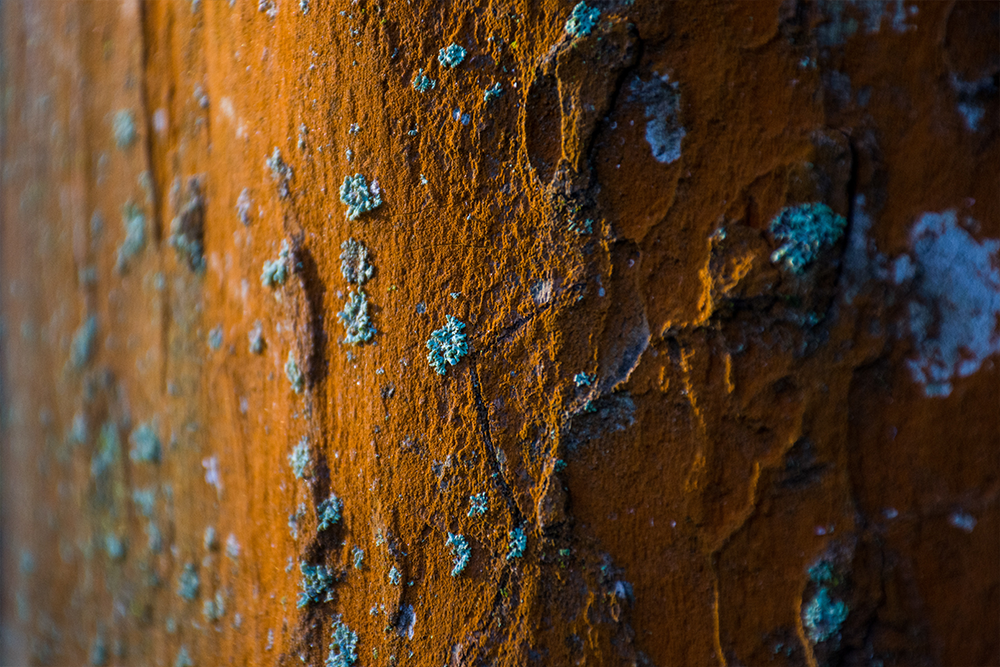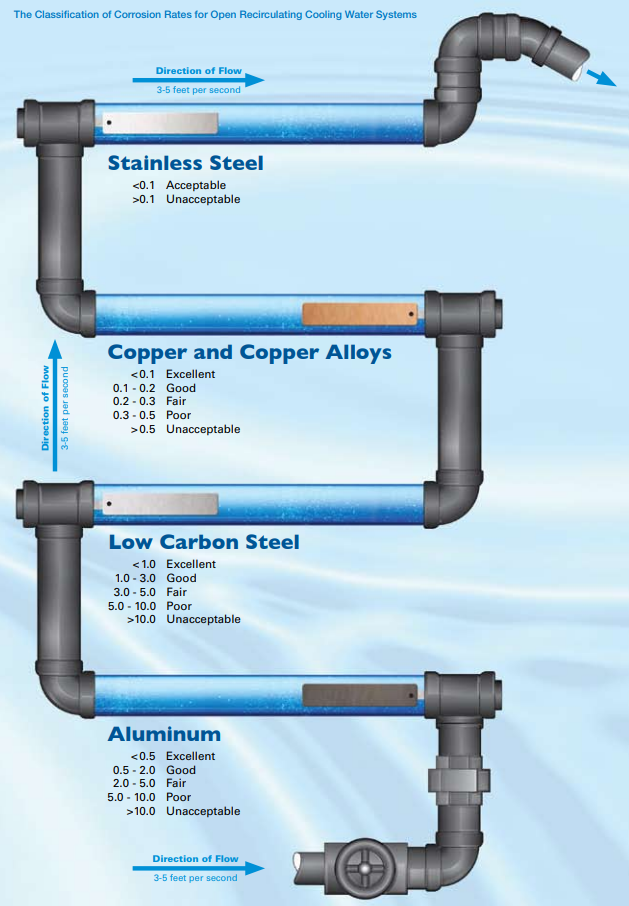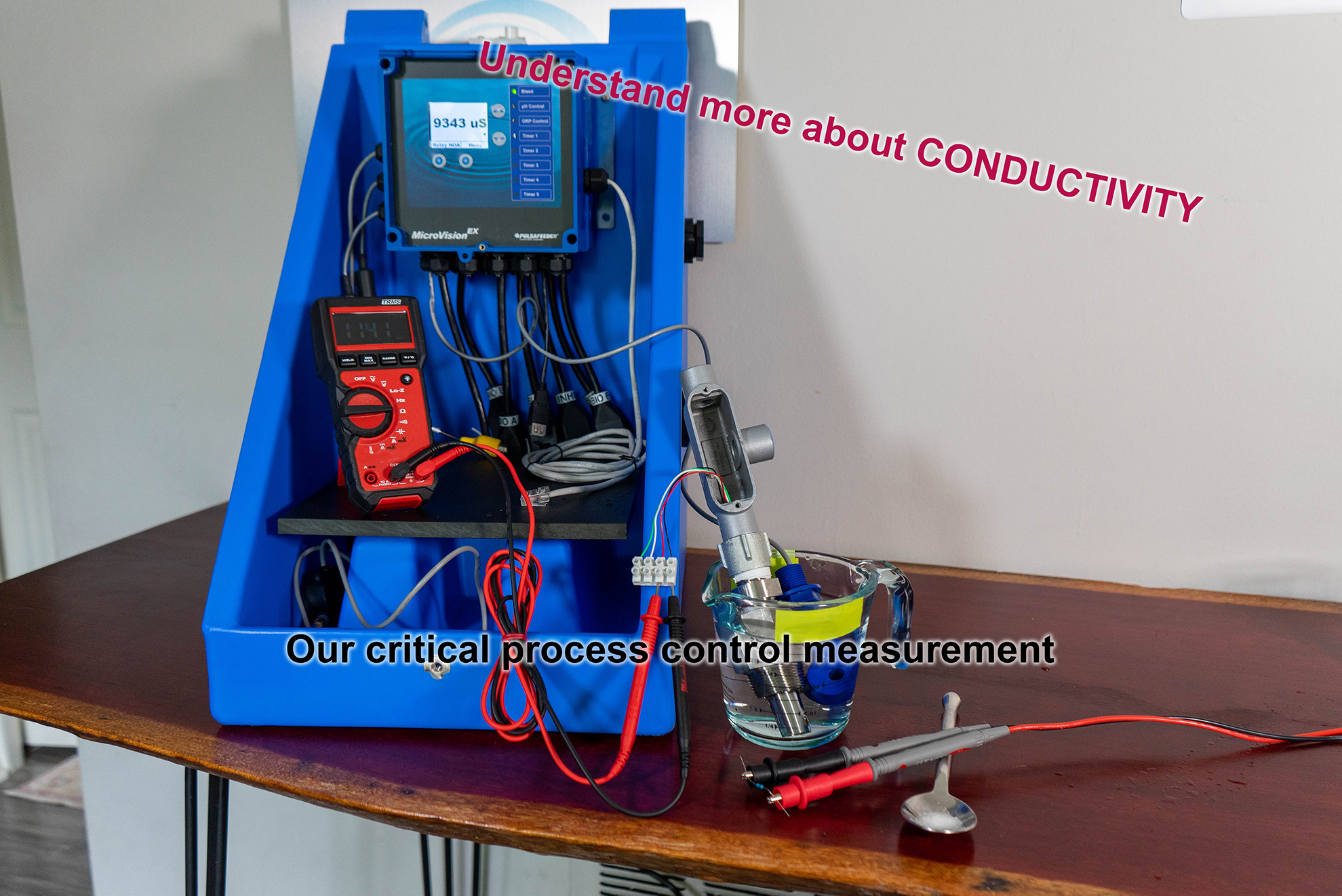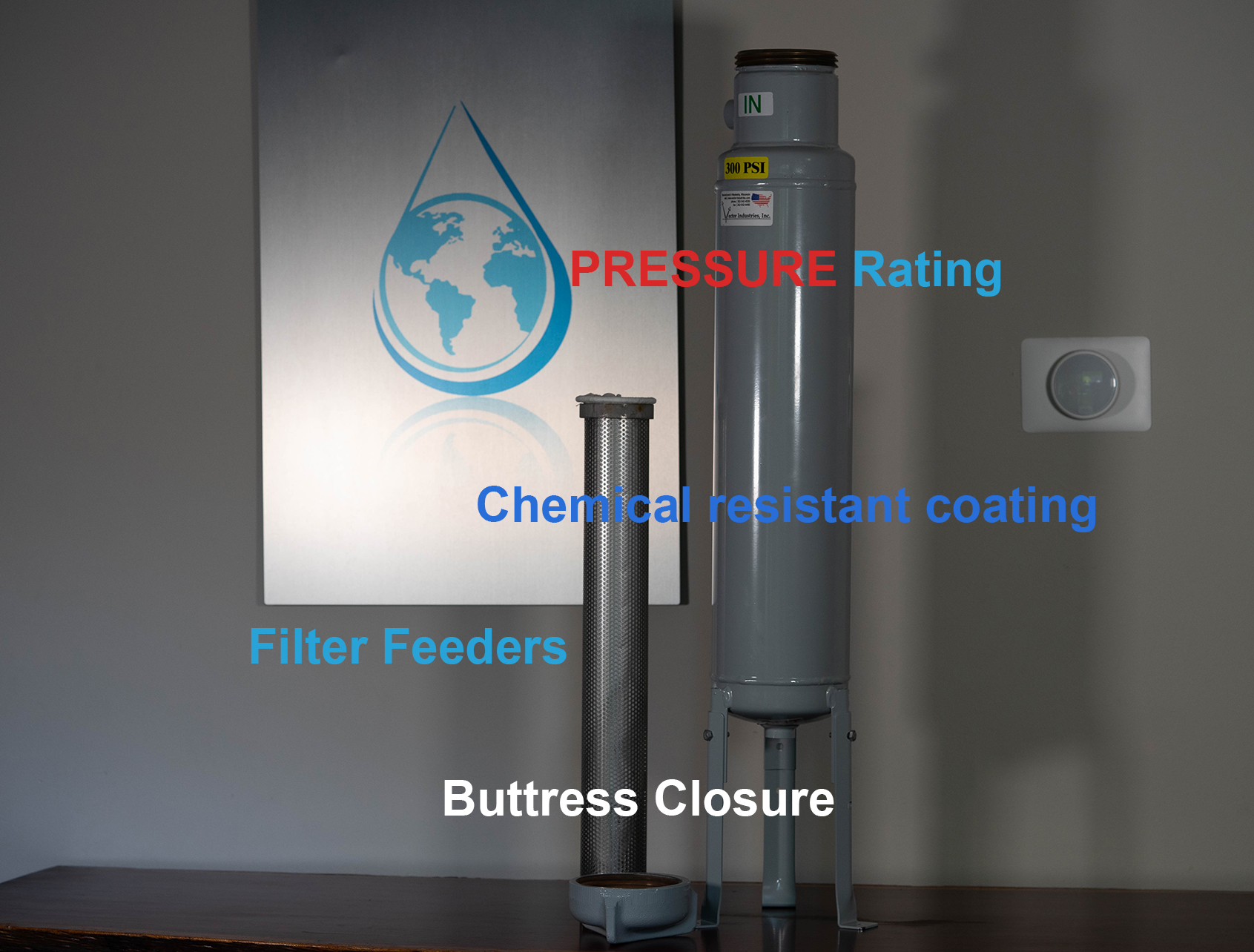Scuba diving is a complete paradigm shift. You are in a world of water. Some of the most impressive dive sights in Florida are sunken ships. These massive metal structures, once built to ride the waves, now sit beneath them and become home to goliath groupers, fire coral, and much more; however, their time under the water is finite as the corrosive nature of water eventually tears these structures into nothing, and the dwellers must relocate.
All wetted surfaces in cooling loops are also susceptible to corrosion. Systems are often composed of processed metals, which are ores that are converted into inherently unstable metals. Without the appropriate considerations, the longevity of cooling systems is shortened exponentially by the water’s innate properties. There are many different types of corrosion: uniform, pitting, crevice, galvanic and more. Actively guarding against all types of corrosion and identifying system risks will help keep system corrosion within acceptable ranges.

Resouces
Corrosion can never be completely halted; however, with proper care, corrosion rates can be drastically reduced. Understanding the root cause of corrosion, learning about the accepted corrosion mitigation methods, and implementing a good corrosion measurement program are essential building blocks to help maintain system longevity and to quickly identify system upsets that cause accelerated corrosion. AWT, the Association of Water Technologies, published a useful resource in a copy of the Analyst in 2010 which has defined qualitative classifications for corrosion rates. The official paper, written by Bennett P. Boffardi, Ph.D. with Bennett P. Boffardi and Associates, Inc, can be found in the AWT’s useful member only online repository of information (Login required) here. There is also a lot of useful information on corrosion measurement in this CWT, Certified Water Technologist, quiz available on the public domain. This piece was a key reference for the information below.
Equipment
Measurement Equipment
Quantifying the corrosion rate of a system and reporting to the customer is an important part of water treatment service. Supplying accurate and cost effective corrosion measurement testing is one of the Four Pillars of cooling tower control. Here are some of the many different methods of quantifying corrosion in a system:Corrosion Coupon Racks
Coupon racks may look like just a few PVC elbows and pipe lengths with some metal pieces in it; however, the standards to get accurate corrosion rates are quite particular. A proper coupon rack must be built to the ASTM D2688-15E1 (the latest standard at the time of publication) to be able to accurately gauge corrosion rates. The specification outlines allowable flow rates, physical dimensions, material, and even coupon order. Fundamentally, water treaters put a representative piece of metal into the rack, keep it in the system for a defined amount of time, and weigh it before and after to judge the level of corrosion occurring in the system. The down side to coupons is that they take 30-90 days for an “in-service” coupon to yield results. Nonetheless, this is one of the most economical and powerful methods to illustrate potential corrosion concerns.

Illustration of correct coupon order and acceptable corrosion rates
– Boffardi, B. (2010) Corrosion and Foul Monitoring of Water Systems. The Analyst Technology Supplement [p9] by The Association of Water Technologies.
Electrical System Corrosion Monitors
If you want an online corrosion measurement device, then there are two distinct industry accepted technologies capable of automatically digitizing corrosion rates. Resistance and polarization measurements are two completely different devices; both are capable of quantifying corrosion. Resistance measurement senses subtle changes in the conductivity of a representative piece of metal, and as metal corrodes and thins, the electrical resistance will increase. This method of sensing is not instantaneous, yet it is faster than standard coupons. Polarization is another electrical method of measuring corrosion. The electrodes in this method take on the role of the cathode and anode, just like the corrosion process. Polarization is a great method for “live” corrosion monitoring, but care needs to be taken to keep these electrodes clean. These methods are less common and involve a much higher upfront financial investment while providing faster response to system corrosion and often enabling online visibility to corrosion rates.
Other Considerations
There are many other useful data points. Water treatment professionals can track suspended metals in the process relative to make-up water, routinely test for sufficient Azole levels, and, often overlooked, perform a thorough visual inspection. Pictures can sometimes be your best “measurement tool” to express corrosivity. Know your system: certain factors, like oxygen and temperature that affect corrosion rates, are artifacts of the process itself. On the other hand, other parameters can be controlled by correct equipment implementation. For example, controllers have built-in features to stagger chemical feed, so you can feed your oxidizing biocide and your azole corrosion inhibitor separately, and a pH controller can keep your system within an ideal pH range, especially during a passivation process. Corrosion, from a practical standpoint, is irreversible. Downtime for system repair and costly tubing replacements are things which your customer will remember. The right level of equipment can provide your customers with sufficient protection and necessary data about their system health.



